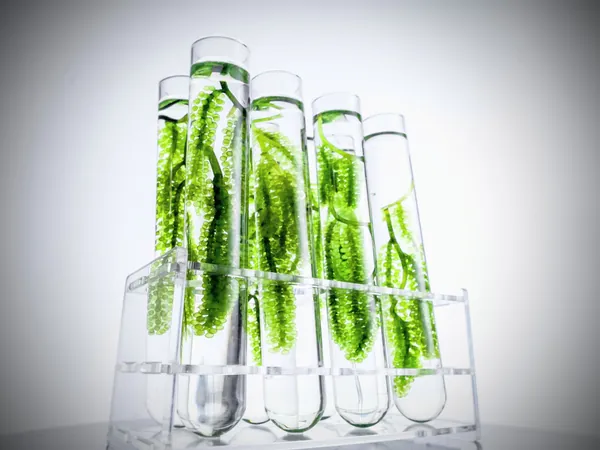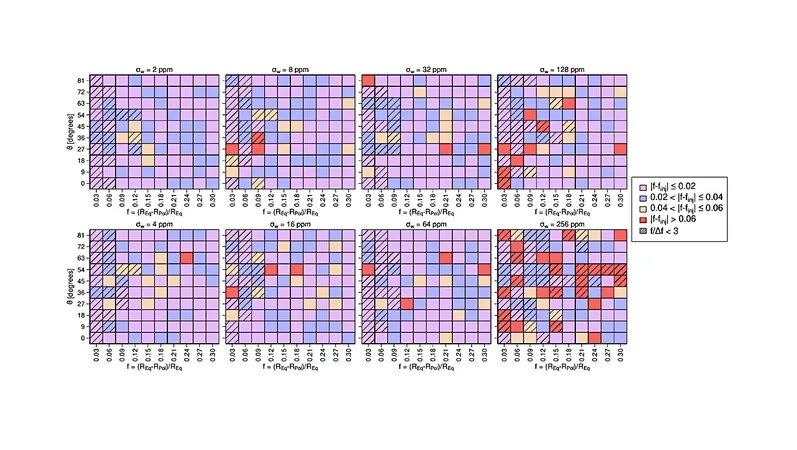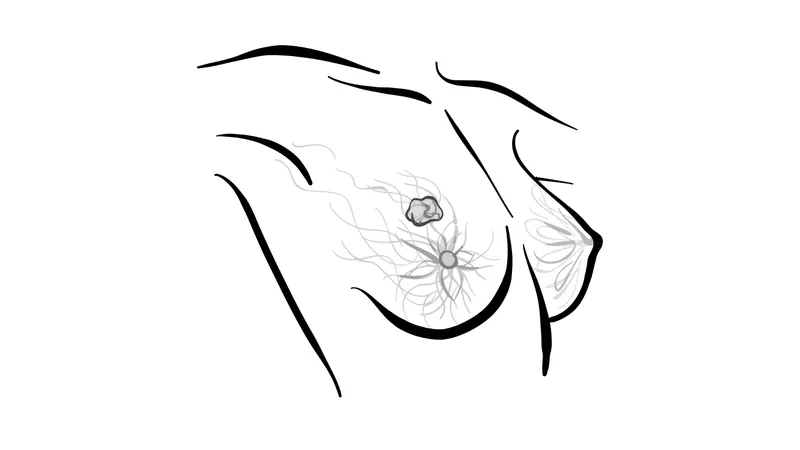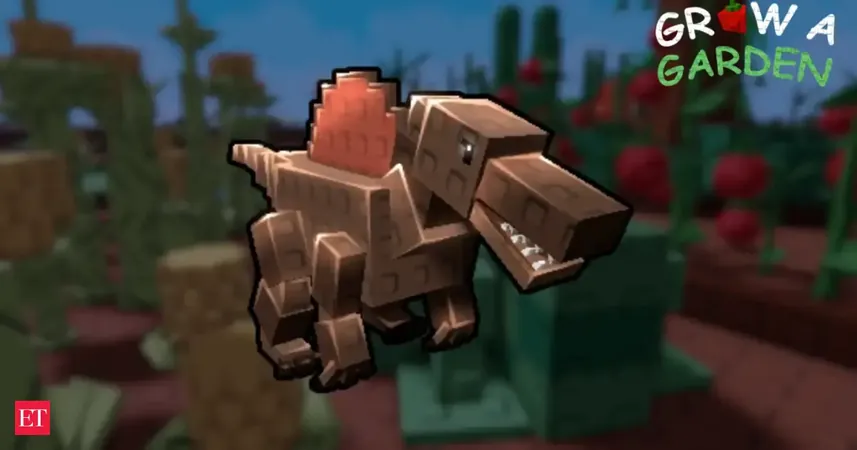
Could Algae Unlock Our Martian Future? Bioplastic Habitats May Hold the Key!
2025-07-05
Author: Jia
Revolutionizing Mars Habitats
For years, space pioneers envisioned sending heavy materials like steel and concrete to the Red Planet for constructing habitats. But a groundbreaking study from Harvard's School of Engineering is flipping this concept on its head. Instead of launching cumbersome construction materials, researchers are proposing a novel solution: letting habitats grow organically!
A Sustainable Solution
Imagine a habitat built from bioplastic that has the potential to cultivate algae, which in turn can produce more bioplastic. According to lead researcher Robin Wordsworth, this closed-loop system could create a self-sustaining environment capable of expanding over time.
Meet the Star Algae: Dunaliella Tertiolecta
Central to this innovative approach is Dunaliella tertiolecta, a resilient green algae known for its use in aquaculture and biofuels on Earth. Scientists experimented by 3-D printing dome-shaped chambers from polylactic acid (PLA), a bioplastic derived from plant sugars. Remarkably, these thin walls, just a millimeter thick, can withstand Mars-like atmospheric pressure—over 100 times less than what we experience on Earth.
Thriving in Extreme Conditions
Inside these miniature greenhouses, algae thrive in CO2-rich air under artificial sunlight, leading to rapid growth and reproduction. Astonishingly, after just ten days, algae in low-pressure environments exhibited growth rates comparable to those in Earth’s normal conditions!
Advanced Light Management
Mars receives significant sunlight but is also bombarded with harmful UV rays. Thankfully, a one-millimeter layer of PLA effectively blocks dangerous UV-C rays while still allowing essential wavelengths for photosynthesis to penetrate. This protective layer not only shields the algae but also nourishes them.
Self-Expanding Ecosystems
As the algae flourish, they generate biomass that can be converted back into PLA, allowing researchers to 3-D print new habitat walls. A simple analysis suggests that an algae cultivation pond beneath each habitat could produce more than enough material to repair and expand the living space.
A Blueprint for Extraterrestrial Living
The implications are immense. A single lander could transport starter cultures and a 3-D printer, potentially establishing a thriving community that expands over time, much like coral reefs! Lightweight domes operate at lower pressure, requiring less robust materials than traditional habitats.
Beyond Mars: A Universal Application
While the experiments were aimed at Mars, similar bioplastic structures could revolutionize life-support systems not just on Mars but also the Moon, space stations, and even extreme climates on Earth. Future phases of this research will explore whether these systems can operate in a vacuum, crucial for lunar habitats.
A Vision for Sustainable Living
Wordsworth emphasizes that these biomaterial habitats could greatly benefit our efforts to sustain human life in space while simultaneously advancing sustainable technologies here on Earth. The algae-filled domes may even serve as energy-efficient bioreactors, utilizing natural sunlight instead of electricity—a vital advantage for distant explorations.
Challenges Ahead for Martian Living
However, many challenges remain. Mars experiences extreme temperatures, and liquid water is prone to freezing. Additionally, the toxic perchlorate salts in Martian soil pose risks to algae. Engineers will need innovative filtration methods and humidity controls to create a viable habitat.
The Future is Green and Self-Sustaining
Ultimately, this study highlights the potential for biology to partner with humanity's quest to colonize space. If we can harness algae and microbes to manufacture and repair habitats, we might create not just homes on Mars, but living ecosystems that continually regenerate. It's a bold vision where the humble algae could be essential in constructing the first Martian village, while offering lessons on sustainability here at home.
The findings have been published in the journal Science Advances, signaling a promising step towards smarter colonization of other planets.





 Brasil (PT)
Brasil (PT)
 Canada (EN)
Canada (EN)
 Chile (ES)
Chile (ES)
 Česko (CS)
Česko (CS)
 대한민국 (KO)
대한민국 (KO)
 España (ES)
España (ES)
 France (FR)
France (FR)
 Hong Kong (EN)
Hong Kong (EN)
 Italia (IT)
Italia (IT)
 日本 (JA)
日本 (JA)
 Magyarország (HU)
Magyarország (HU)
 Norge (NO)
Norge (NO)
 Polska (PL)
Polska (PL)
 Schweiz (DE)
Schweiz (DE)
 Singapore (EN)
Singapore (EN)
 Sverige (SV)
Sverige (SV)
 Suomi (FI)
Suomi (FI)
 Türkiye (TR)
Türkiye (TR)
 الإمارات العربية المتحدة (AR)
الإمارات العربية المتحدة (AR)